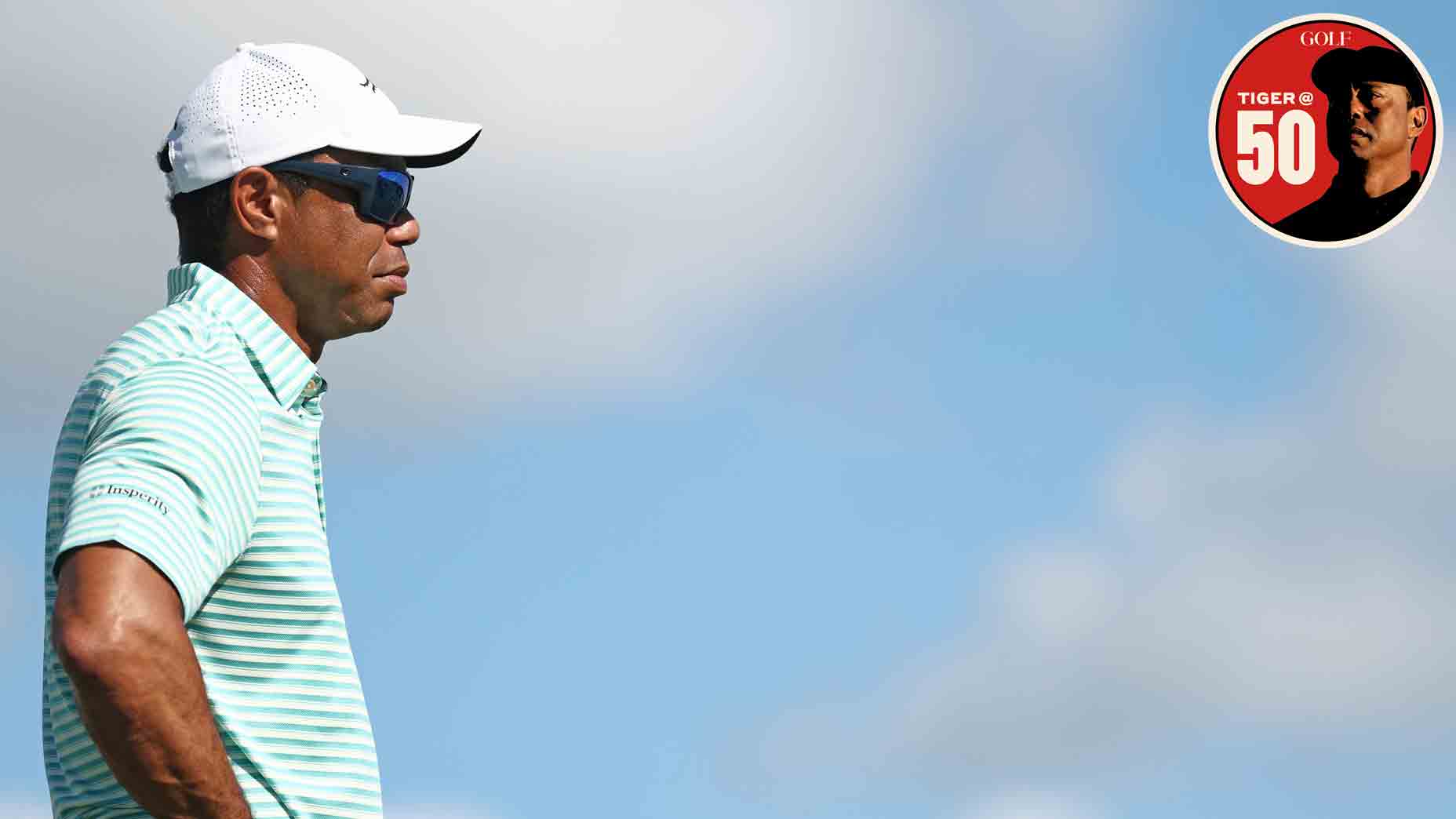Major championships test every aspect of your game and nerve. For players to contend on a regular basis, both better be rock solid. Brooks Koepka ticks those boxes and then some. The 28-year-old became the first player to win back-to-back U.S. Opens in nearly three decades (Curtis Strange, ’88-’89.) And that was before he outdueled Tiger Woods down the stretch at the PGA Championship.
Koepka has had particular success at U.S. Opens, where the tournament is the ultimate test of driving distance and accuracy; the holes are long and narrow. Oh, and the rough is notoriously punishing. In other words, it’s made for Koepka (representing two of his first three wins on Tour.)
Like most great drivers, he chooses one shot shape and sticks to it. Brooks rocks a devastating power fade. He comes into impact a little bit from outside-to-in with a face that’s slightly open to his path (thus the fade.) And Brooks uses this to great advantage. When you swing a driver in the 120-125 mph range, you have the luxury of hitting slightly down on the ball. A descending blow with driver is a nice option to have, but it’s not terribly efficient for the mortal golfer. You must possess otherworldly swing speed to pull it off (you don’t and you won’t.) So you amateur faders need to strike your tee shots from low to high. But you can definitely increase your speed by stealing some of Brooks’ power secrets as you check out his swing sequence below.
Brooks Koepka, frame by frame
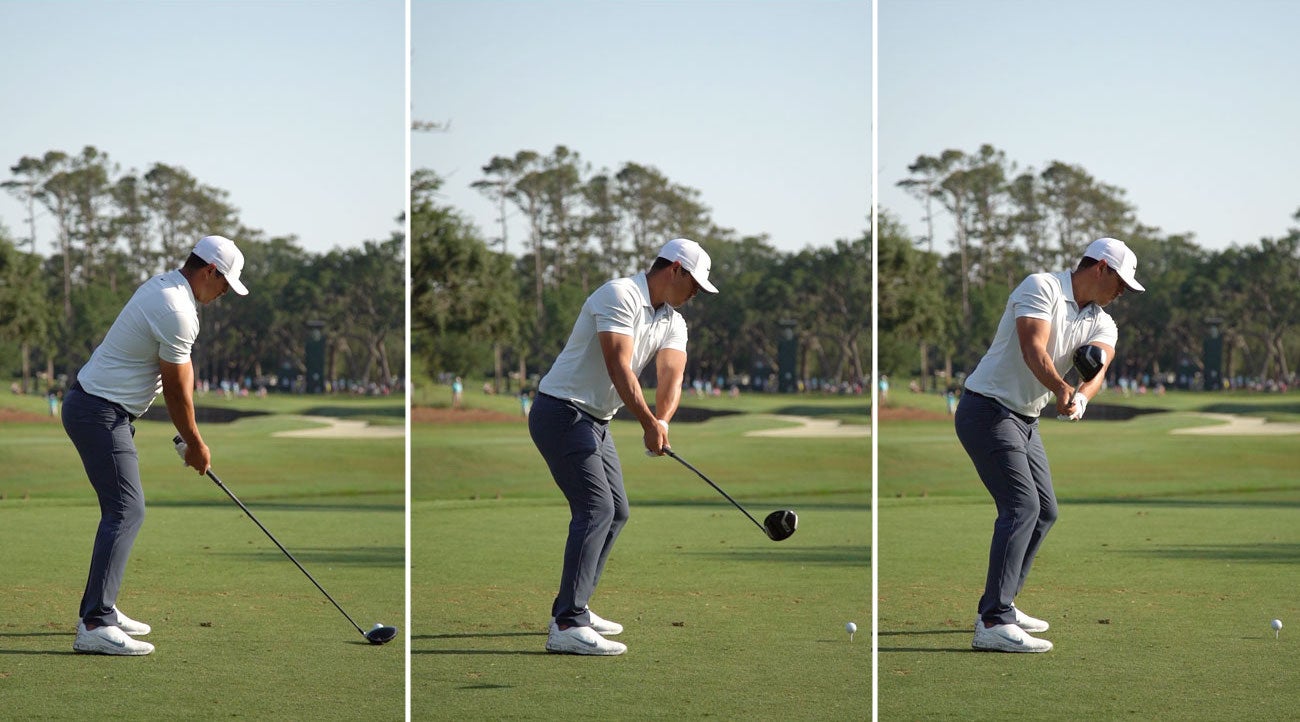
In the first frame, note how Koepka’s hips hinge forward and his lower back is flat. This indicates he’s engaged his core muscles perfectly. Be an athlete playing golf! In the second frame, check out how he allows the upper part of his left arm to separate from his chest right off the bat. Already he’s creating width with this power multiplier.
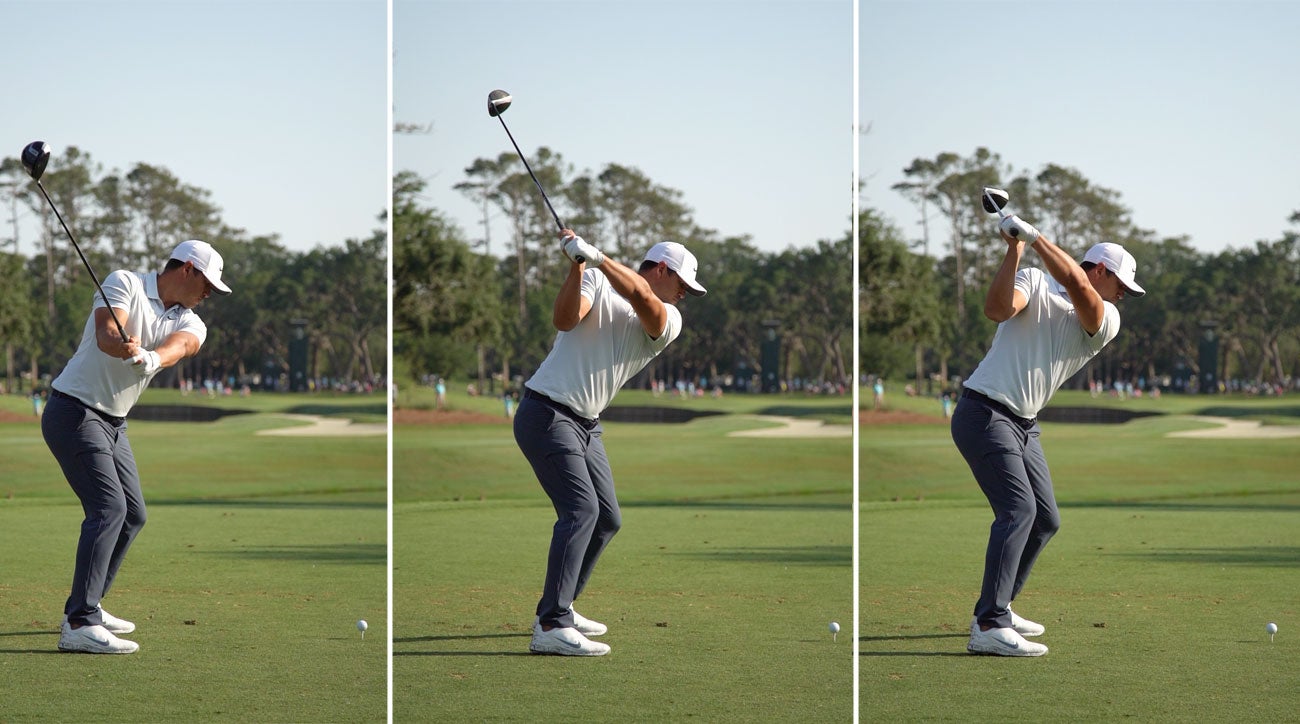
The back of his left arm, left wrist and club face match nearly perfectly here. The wrist is flat, and the face is slightly closed (pointing to the sky). Forceful downswing awaits.

Here’s where good swings become great. Koepka’s elbows are nearly identical in height at the top, and then his right elbow moves down while his left remains high. This is a great transition move to emulate.
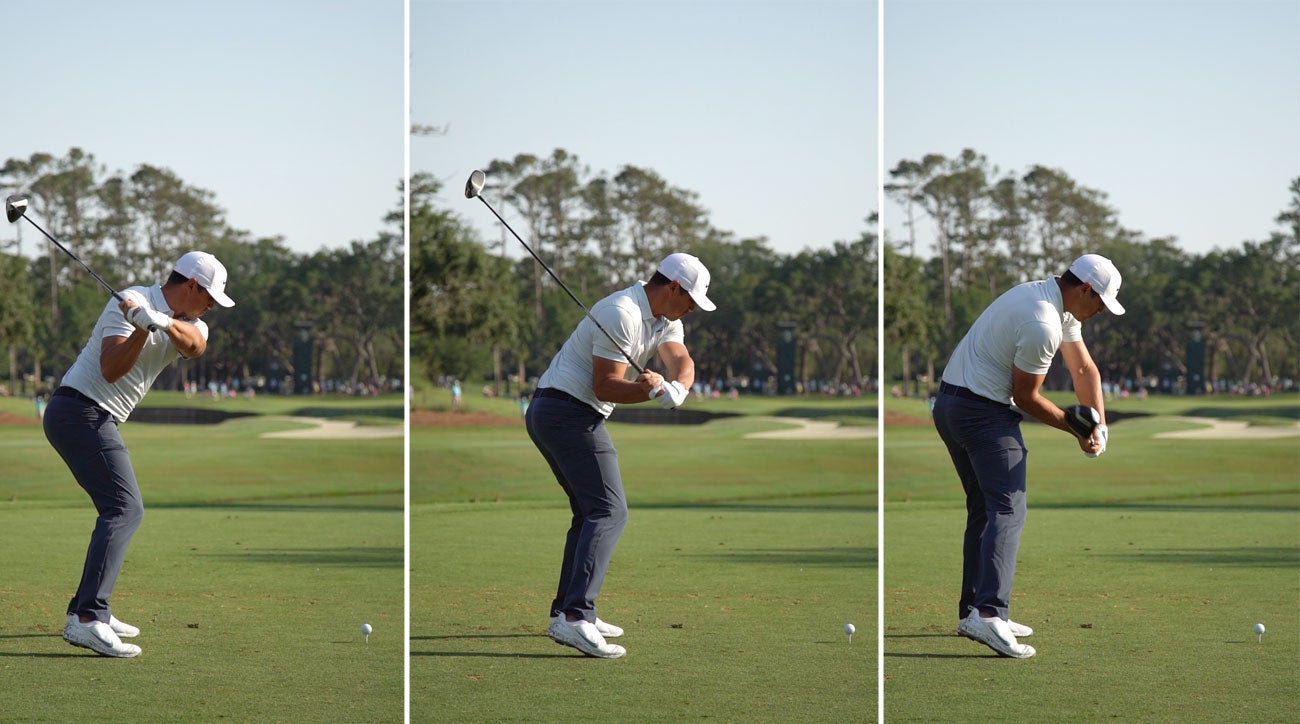
I love the right arm at this point. His elbow has moved down and in front of his right hip while the right arm starts to extend. It’s a key speed generator. His right side is bending toward the ball with a super aggressive pushing motion, while even more importantly, he’s using his left side to pull the club out of the ground up toward the sky! This push/pull motion is an amazingly dynamic move.
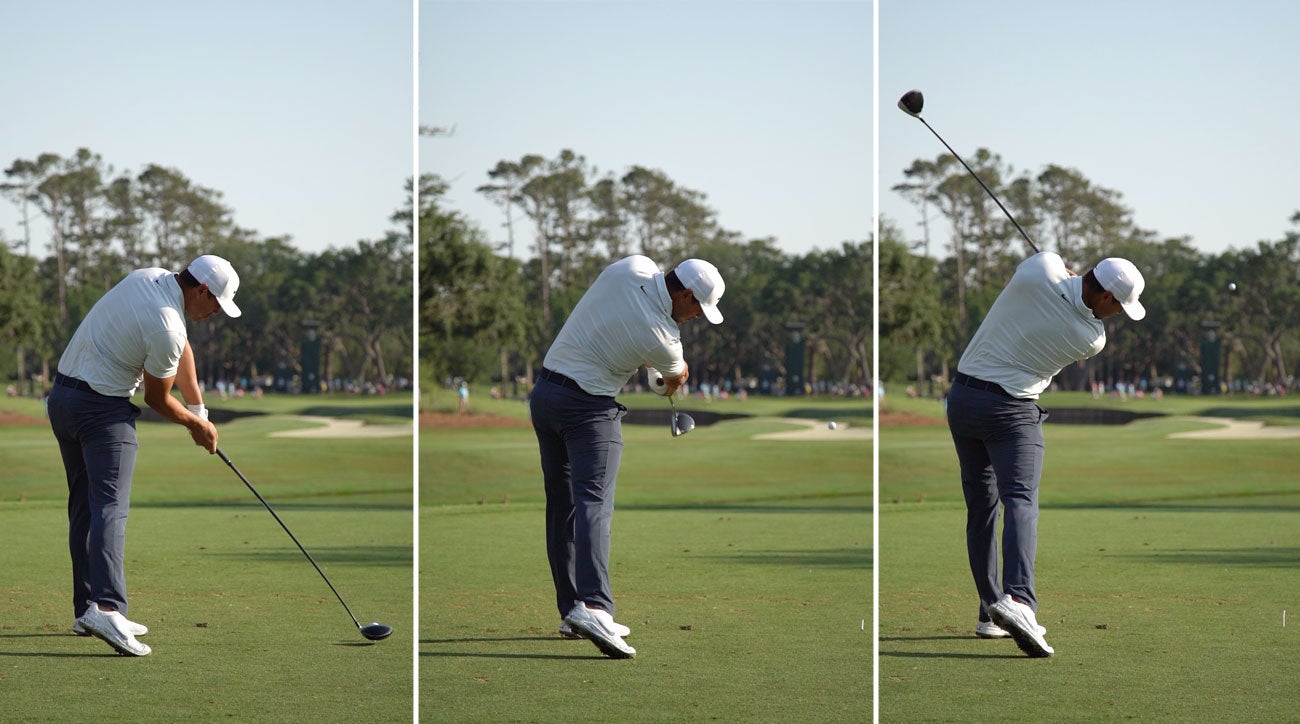
Astonishing energy transfer continues. As Brooks slings his driver through the ball, he’s resisting the force of a club that wants to go toward the target. Back muscles in full effect.
 Must be nice watching the ball disappear into the ether from such a relaxed position! And after all that energy transfer. A good check point is the vertical trail foot at finish.
Must be nice watching the ball disappear into the ether from such a relaxed position! And after all that energy transfer. A good check point is the vertical trail foot at finish.
Analysis by Top 100 Teacher Jon Tattersall, Fusion ATL, Atlanta, Ga.

